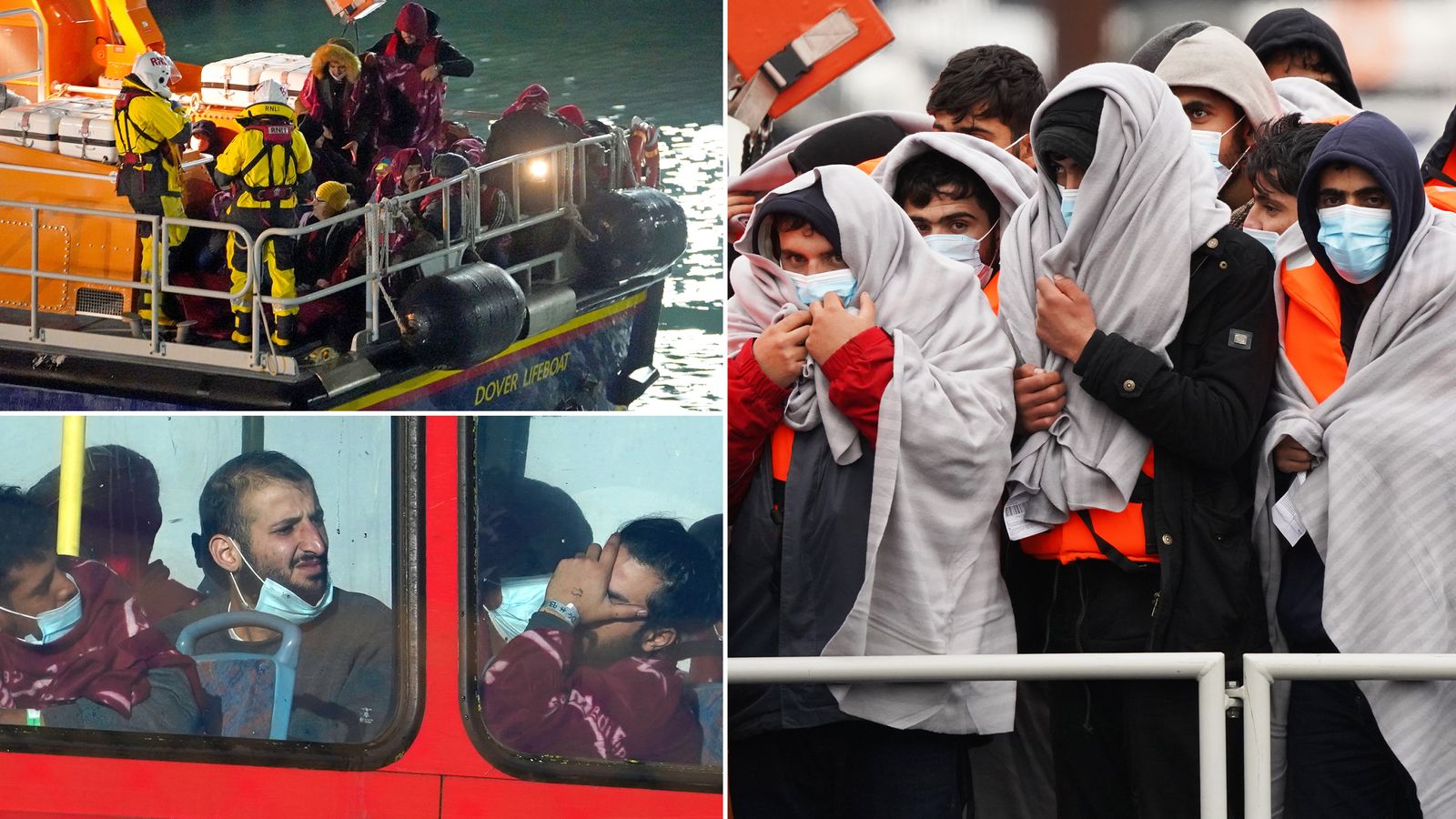Clearly, you were not being generous, you were intentionally being disingenuous, and you're only changing your version in the light of intensive scrutiny.
The bodies were found about 9 nautical mile from Calais after about 12 hours of them being in the water.
In addition, the report states "in the vicinity of British waters:
French investigators have revealed that the victims called for help numerous times, but French rescue services waited for them to pass into UK waters and no help was sent.

www.lemonde.fr
The distance between France and UK at the point off Cap Gris Nez is about 18 nautical miles.
So 9 nautical miles off Cap Gris Nez will be about the dividing line.
So the bodies would only need to drift less than 1 nautical mile over 12 hours, to be in the position where they were found.
It's perfectly credible that bodies can drift in the Channel. For instance, one boat drifted about 15 miles in two days:
'They were in distress. They didn’t speak any English but they kept saying ‘Iran’ because I was asking where they had come from and if they were okay'

www.independent.co.uk
And one person drifted entirely across the Channel:

en.wikipedia.org
The preferred method of swimming the Channel is England to France. I think it's safe to assume there is a logical reason for this.
Here is a list of Frequently Asked Questions - FAQ, when deciding to train and swim the English Channel with the CSA.

www.channelswimmingassociation.com
Now about the engine:
It's sensible to assume that the engine was working right up to their final position before the boat sank.
And as above, we've determined that could have been in British waters, but after 12 hours, they then drifted less than a nautical mile back into French waters.
Le Monde is known for its opinions rather than its facts.

en.wikipedia.org








